Real estate has long been a go-to investment for individuals looking to diversify their portfolios and build long-term wealth. Unlike stocks and mutual funds, real estate offers the opportunity to own tangible assets that can generate income, appreciate in value, and provide tax benefits.
With options ranging from physical property to passive real estate investing through real estate investment trusts (REITs), many investors find real estate a more predictable and rewarding choice than the stock market.
Before jumping into the real estate game, it’s essential to understand the financial and strategic requirements involved. Investment decisions depend on factors such as property type, location, financing options, and personal financial goals. This guide breaks down these real estate investment requirements to help you make informed decisions and maximize your returns.
Speak with a Property Manager Today!
Factors Influencing Real Estate Investment Amount
Several factors determine how much you need to invest in real estate. Let’s explore the key considerations to help you calculate your investment requirements effectively.
Type of Real Estate Investment
The type of property you choose significantly impacts your investment amount.
- Residential Properties: These include single-family homes, apartment buildings, and rental properties. Popular among individual investors due to their accessibility and potential for steady rental income.
- Commercial Properties: Office buildings, shopping malls, and industrial properties often require higher initial investments but can yield substantial rental income and long-term appreciation.
- Industrial Properties: Warehouses, factories, and logistics centers are ideal for investors looking for stable cash flow from long-term tenants in industries like manufacturing and e-commerce.
- Land Investments: Purchasing land for future development or resale can be a good investment but requires patience and a thorough understanding of local market trends.
Location of the Property
The property’s location is one of the most important factors affecting its value and investment cost. Urban properties are typically more expensive due to high demand, while suburban or rural properties can be more affordable but may generate lower rental income.
The state of the local real estate market also matters. Areas experiencing growth or revitalization, such as up-and-coming neighborhoods, often present excellent investment opportunities. Assessing market conditions and demand will ensure you choose a location that aligns with your investment goals.
Investment Strategy
Your investment approach heavily influences how much you’ll need to invest. The buy-and-hold strategy typically requires an initial down payment of 20–25% of the property’s price and is focused on generating steady rental income and long-term appreciation.
In contrast, the fix-and-flip strategy involves purchasing properties at a discount, investing 10–30% of the after-repair value (ARV) in renovations, and reselling for a profit. While buy-and-hold offers consistent returns over time, fix-and-flip has the potential for higher short-term gains but involves greater risks and higher upfront costs.
Financing Options
Your choice of financing can significantly impact your investment cost. Some investors choose to purchase properties outright with cash, which eliminates interest payments but requires substantial capital upfront. Most, however, use financing options like mortgages. Fixed-rate mortgages provide predictable monthly payments, while adjustable-rate mortgages (ARMs) offer variable rates that may initially be lower but can increase over time.
Down Payment Requirements
The amount of your down payment depends on the type of loan you secure. Conventional loans often require a 10–20% down payment, while FHA loans, designed for first-time buyers, may require as little as 3.5%. VA loans, available to eligible veterans, frequently have no down payment requirement. Your credit score and debt-to-income ratio also play a role, affecting the terms of your loan and potentially lowering the amount of your initial investment.
Property Condition and Renovation Costs
The condition of the property and the costs of any necessary renovations are major factors in your total investment. Evaluating a property for structural soundness and cosmetic needs is essential before purchase.
Renovations, from simple updates to major overhauls, can increase the property’s value but require careful budgeting. Additionally, ongoing maintenance costs should be factored in to ensure the property remains in good condition and continues to generate income.
Calculating Your Real Estate Investment Budget
Evaluating your financial health is the first step in preparing for a real estate investment. This involves a clear understanding of your current resources and obligations:
- Review your personal savings and liquid assets to determine the funds you can allocate toward the investment.
- Assess your debt and liabilities, as they can affect your ability to secure favorable financing terms.
- Ensure you have a sufficient emergency fund to manage unexpected costs or potential gaps in rental property income.
Evaluating your financial health is just the beginning; setting clear investment goals is essential. Define your expected return on investment (ROI) and determine your investment horizon—whether you’re seeking short-term gains or long-term stability. Consider your risk tolerance and how real estate fits into your overall portfolio, ensuring it provides diversification and aligns with your financial objectives.
In addition to setting the goal, real estate investments come with several ongoing and upfront expenses. Closing costs, including title insurance and appraisal fees, are immediate expenses to consider, while recurring costs like property taxes and insurance can impact your long-term budget. If you plan to hire a property manager, their fees, often 8% to 12% of rental income, should also be included.
Secure Your Future in Real Estate
Building an Investment Plan
Creating a solid investment plan is key to succeeding in real estate. Start by setting a realistic investment amount based on your financial resources and goals. Consider how much you can allocate toward the purchase, additional costs, and any necessary renovations while leaving room for flexibility.
Contingency planning is equally important—unexpected expenses like emergency repairs or market fluctuations can quickly impact your cash flow. By preparing for these uncertainties and setting clear financial boundaries, you’ll create a more secure and effective investment strategy.
Financing Your Real Estate Investment
Understanding financing options is essential for structuring a successful real estate investing. The method you choose will influence your upfront costs, long-term financial commitments, and overall returns. Below are key financing strategies to consider for your investment.
Exploring Loan Options
Real estate loans come in various forms, each suited to different investor needs. Conventional loans are offered by private lenders and require a strong credit score and a significant down payment, while government-backed loans like FHA and VA loans provide lower down payment options and more flexible requirements.
Hard money loans are short-term, high-interest options often used by fix-and-flip investors needing fast funding. Alternatively, private lending and syndication involve borrowing from individual investors or pooling resources for large projects, providing flexibility and potential for creative financing.
Using Leverage in Real Estate Investments
Leverage allows you to use borrowed money to acquire property, amplifying your purchasing power. While this strategy can boost returns, it comes with risks. Calculating the loan-to-value ratio (LTV) helps assess how much debt you’re taking on relative to the property’s value, with most lenders requiring an LTV of 80% or less. Effective debt management, including keeping interest payments within manageable limits, is critical to maintaining healthy cash flow and avoiding financial strain.
Alternative Financing Methods
Beyond traditional loans, alternative financing methods offer creative solutions for investors. Seller financing allows you to negotiate terms directly with the property owner, often bypassing conventional lenders.
Real estate crowdfunding provides an accessible way for individual investors to contribute smaller amounts toward larger projects, typically through online platforms. Joint ventures and partnerships enable investors to pool resources, share risks, and take on larger or more complex investment opportunities.
Risk Management in Real Estate Investment
Effective risk management starts with aspiring real estate investors understanding and preparing for specific challenges. Market volatility and economic downturns can reduce property values and limit rental income, making it crucial to analyze local market trends and choose areas with stable demand.
Property-specific risks, such as extended vacancies or unforeseen maintenance issues, require proactive planning—maintaining a financial buffer to handle these scenarios is essential. Diversifying your portfolio across property types, like single-family homes, commercial real estate, and short-term rentals, can protect against losses in any one sector. Insurance tailored to real estate, such as coverage for natural disasters or liability, adds another layer of security.
An often-overlooked aspect of risk management is having a clear exit strategy. Selling during a peak market can maximize profits, while refinancing allows you to tap into equity without selling the asset. Timing these decisions to align with market conditions and your long-term goals ensures you’re not forced into unfavorable choices.
Real estate investment requires careful risk assessment, but with proper strategies, you can minimize exposure while maximizing returns.
Your Real Estate Journey Starts Here
Investing in real estate is an exciting opportunity to grow your wealth, but it requires careful planning, research, and risk management. By understanding your financial situation, exploring various investment strategies, and factoring in additional costs, you can set yourself up for success. Whether you’re aiming to generate passive income through rental properties or seeking diversification with REITs, the right plan will help you navigate the real estate market confidently.
Remember, the key to thriving in real estate is balancing risk with reward and keeping your long-term goals in focus. Ready to take the next step? Let’s make your investment goals a reality!








